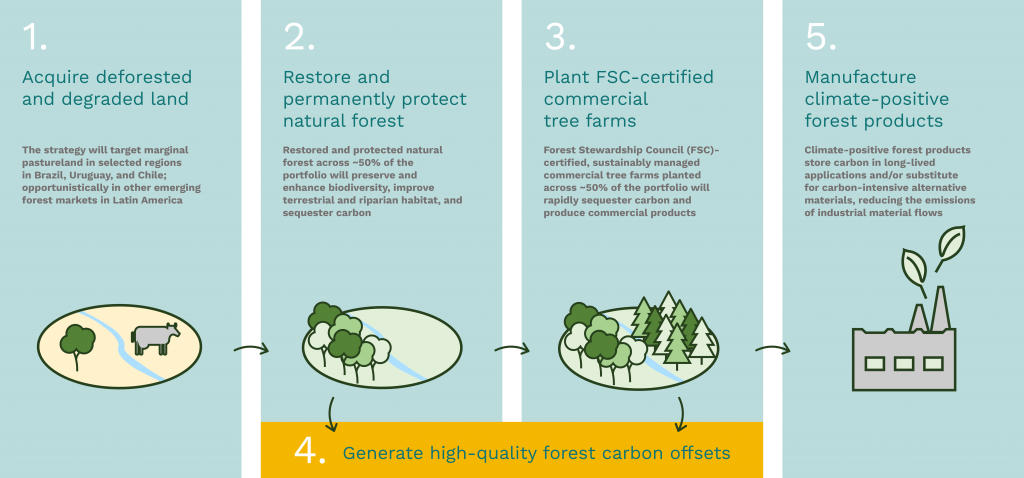Our Commitments
Through BTG Pactual, Landscape Capital is a signatory to the UN Principles for Responsible Investment (PRI), UN Global Compact, and Carbon Disclosure Project (CDP), and a member of the Global Impact Investing Network (GIIN) and the Brazilian Coalition for Climate, Forests and Agriculture (Coalizao Brasil Clima, Floresta e Agricultura) [8] [9]. Landscape Capital is held accountable to every aspect of BTG Pactual’s commitments and TIG’s Global Responsible Investment Policy.







